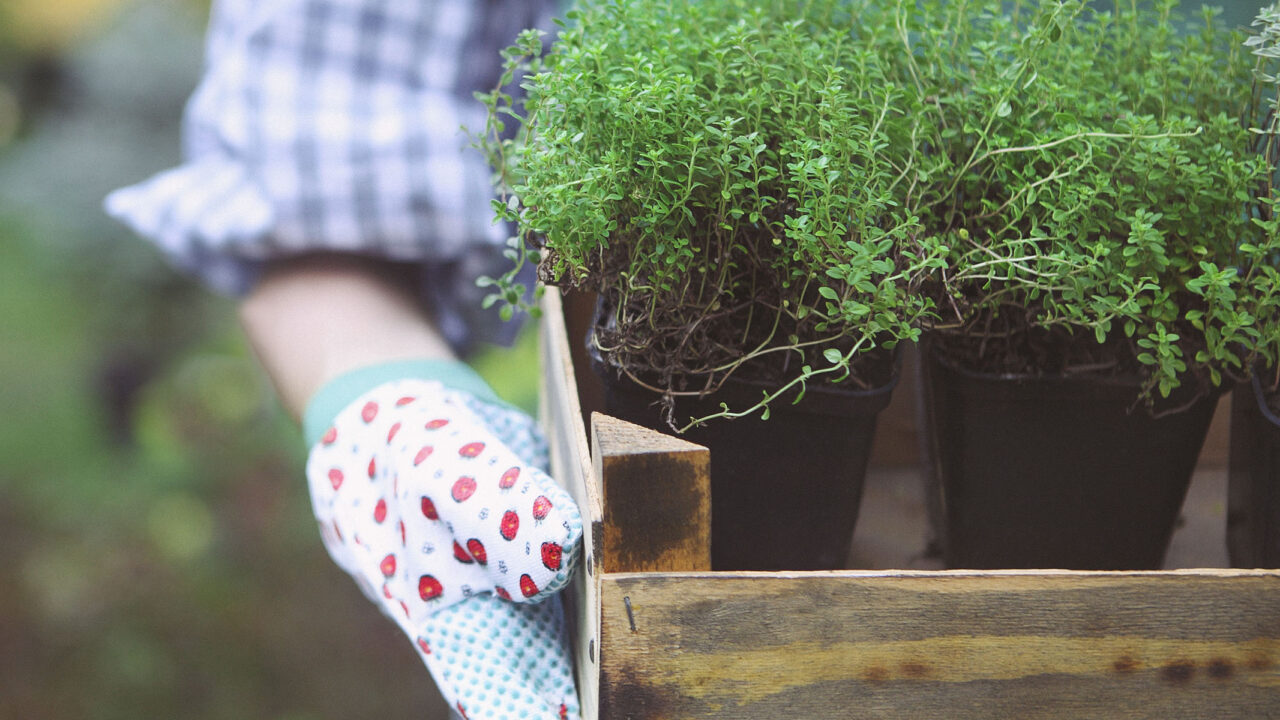Characteristics
| Hardiness zone | 4a |
|---|---|
| Foliage type | evergreen |
| Plant form | pyramidal |
| Mature height | 30 feet |
| Spread | 15 feet |
| Light requirements | full sun to partial shade |
| Moisture requirements | average to moist |
| Plant origin | import |
Houston's favorite garden center devoted to Texas native plants and organic gardening.
Botanical name: Chamaecyparis pisifera ‘Plumosa’
Like an open version of the species with more delicate, ferny foliage; a large tree for general texture contrast in the home landscape.
Other names: Japanese Falsecypress, Sawara Falsecypress
| Hardiness zone | 4a |
|---|---|
| Foliage type | evergreen |
| Plant form | pyramidal |
| Mature height | 30 feet |
| Spread | 15 feet |
| Light requirements | full sun to partial shade |
| Moisture requirements | average to moist |
| Plant origin | import |
Plume Falsecypress has dark green foliage. The scale-like leaves remain dark green throughout the winter. Neither the flowers nor the fruit are ornamentally significant. The shaggy indian red bark adds an interesting dimension to the landscape.
Plume Falsecypress is an open evergreen tree with a distinctive and refined pyramidal form. It lends an extremely fine and delicate texture to the landscape composition which can make it a great accent feature on this basis alone.
This is a relatively low maintenance tree. When pruning is necessary, it is recommended to only trim back the new growth of the current season, other than to remove any dieback. It has no significant negative characteristics.
Plume Falsecypress is recommended for the following landscape applications;
Accent, Vertical Accent
Plume Falsecypress will grow to be about 30 feet tall at maturity, with a spread of 15 feet. It has a low canopy, and should not be planted underneath power lines. It grows at a medium rate, and under ideal conditions can be expected to live for 70 years or more.
This tree does best in full sun to partial shade. It prefers to grow in average to moist conditions, and shouldn't be allowed to dry out. It is not particular as to soil type, but has a definite preference for acidic soils. It is highly tolerant of urban pollution and will even thrive in inner city environments. Consider applying a thick mulch around the root zone in winter to protect it in exposed locations or colder microclimates. This is a selected variety of a species not originally from North America.
